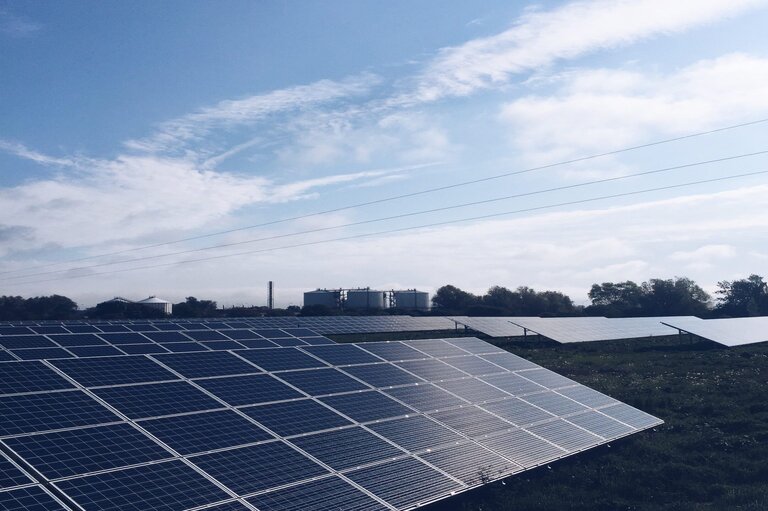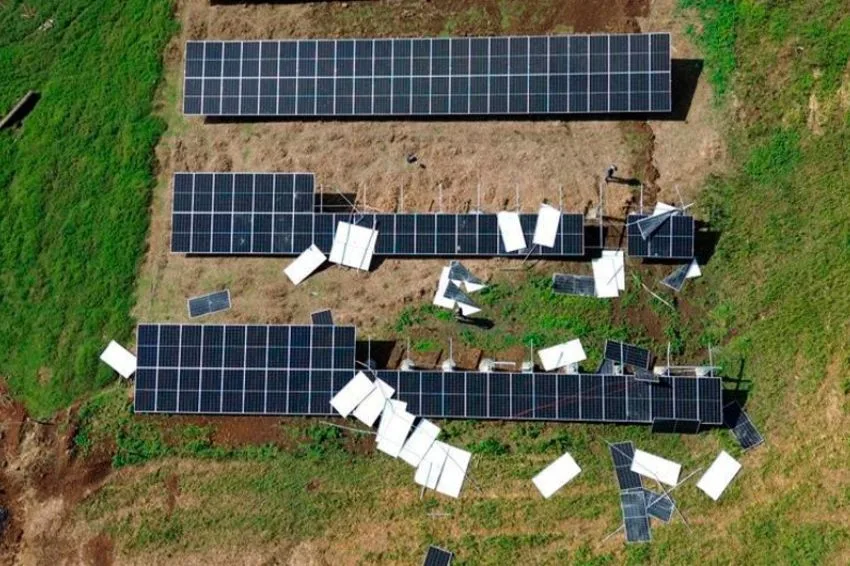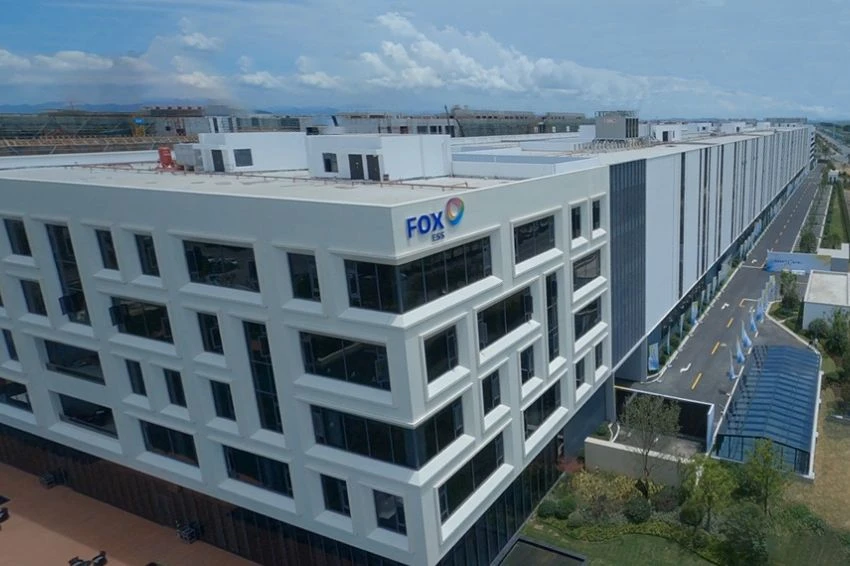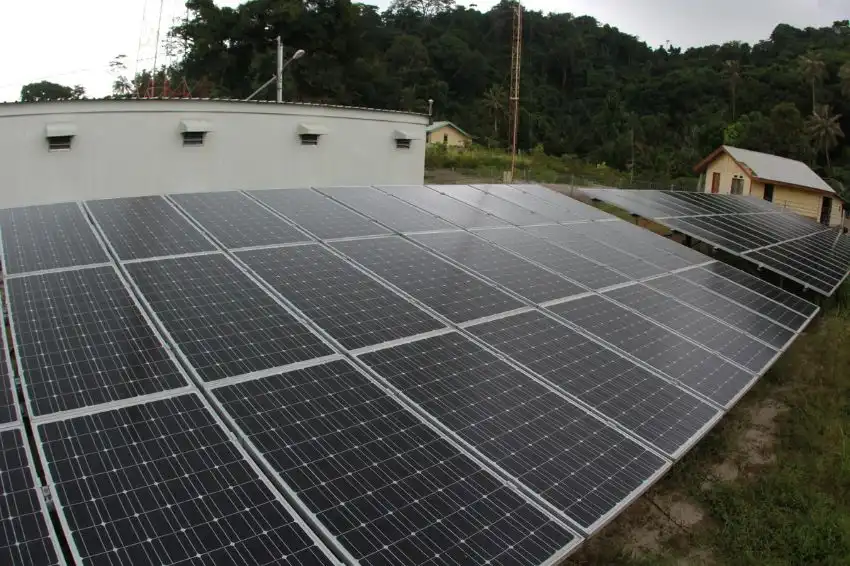Our country has a series of laws, decrees, ordinances and provisional measures that regulate the Brazilian electricity sector.
Today, anyone willing to understand, or at least begin to understand a little of the complexity of this segment, faces some initial difficulties.
As responsible for the Regulatory sector of Bluesun from Brazil, I highlight that the first obstacle is the fact that the legislation is not compiled.
As a result, the task of discovering the standards that govern the sector becomes more arduous. Without a doubt, these two points make studying, consulting and obtaining knowledge on the topic very difficult.
With the purpose of organizing the legal basis of the electricity sector and consolidating all the sparse legislation, the CBEE draft law was presented by deputy Lafayette de Andrada (Republicanos/MG), on July 31, 2020, in the Chamber of Deputies. (Brazilian Electric Energy Code).
This draft brings together several laws, decrees and ordinances. Furthermore, the text presents new rules for opening the free market; guarantees the energy matrix portfolio, both in the regulated and free markets; presents a social program to generate income through the production of renewable energy for low-income consumers; brings rules on vehicle recharging; and has an entire chapter dedicated to GD (distributed generation).
With all these innovations and modernizations, there is no doubt that one of CBEE's objectives is to make the energy matrix much cheaper, sustainable and diversified. But, with regard to GD, what can the market really expect from the new transition rules established in the draft law in light of everything that has already been and is still being discussed by the ANEEL (National Electric Energy Agency)?
Among the innovations brought, CBEE opens the range of shared generation, introducing the figures of civil condominiums and associations. It also allows the possibility of allocation by percentage and by order of priority. Furthermore, these credits may be transferred at any time, as long as they are under the same ownership.
Another important point that was also established is that the change of ownership will not result in the loss of the acquired right. The consumer will only lose the acquired right if they terminate their contractual relationship with the distributor, or if they are attributable to any irregularity in the measurement system.
The text also took care to establish the application of the TUSD (Tariff for the Use of the Distribution System) Fio B for units with distributed minigeneration and billing by group A, also determining the temporary costing by the CDE (Energy Development Account) of the TUSD Fio B.
With regard to credit compensation, one of the most emblematic points of the review process, the transition period established by the text varies from seven to 10 years depending on the modality (generation alongside the load, residential shared generation or not, and enterprises with multiple consumer units), therefore determining the payment of TUSD Fio B in a staggered manner.
Without a doubt, a much milder alternative than the one presented by ANEEL in the draft text of the new GD resolution. The exception is for the remote self-consumption modality, as here the consumer must pay the full TUSD Fio B from January 2021. No less important is the issue of acquired rights.
According to the proposed text, there will be a deadline for obtaining the benefit, which will be December 31, 2020. Therefore, consumers who make their access request by this date will have their acquired rights respected until December 31, 2046. The draft sought to respect the deadline initially suggested by ANEEL, contrary to what the agency did when presenting, in October 2019, the draft text of the new resolution.
In summary, with regard to the rules of compensation and guarantees of acquired rights, presented by the agency in its process of reviewing REN 482 (Normative Resolution 482/2012), the sector ended up being surprised by ANEEL, which, when publishing the preliminary draft of the new resolution contradicted its behavior and changed the stance it had been adopting until then.
In this way, the GD transition rules presented in the draft CBEE law are much more coherent with the Brazilian reality and beneficial for the electricity sector. There is no doubt that the draft law for the Brazilian Electric Energy Code will establish the regulatory framework for the electricity sector.
In it, we can see the meticulous treatment given, especially to distributed generation, in which the balance granted to agents in the sector is verified. However, we cannot forget that we are dealing with a draft law, which will go through a long and drawn-out legislative process, and which will certainly undergo some changes. Therefore, the only certainty in this scenario is that there will still be a lot of struggle in the distributed generation sector ahead.


















One Response
I would like to congratulate Dr. Graziela Gama for this article, which gave me a lot of clarity about what to expect from Deputy Lafayette de Andrada's proposal.
I believe that we are all looking forward to this Legal Framework, which will serve as a legal guide and for the energy matrix to become more accessible to the Brazilian population, especially those on low incomes.
I wish you much success in your career!